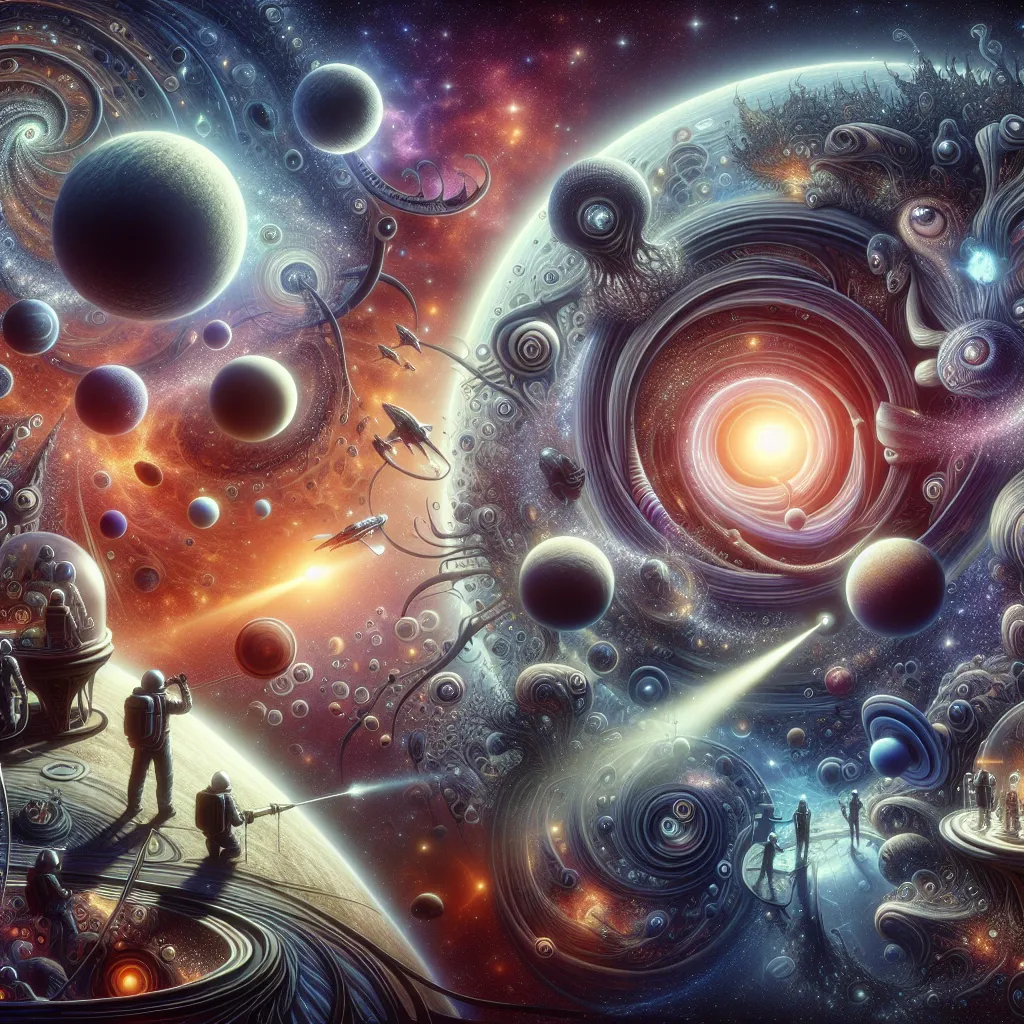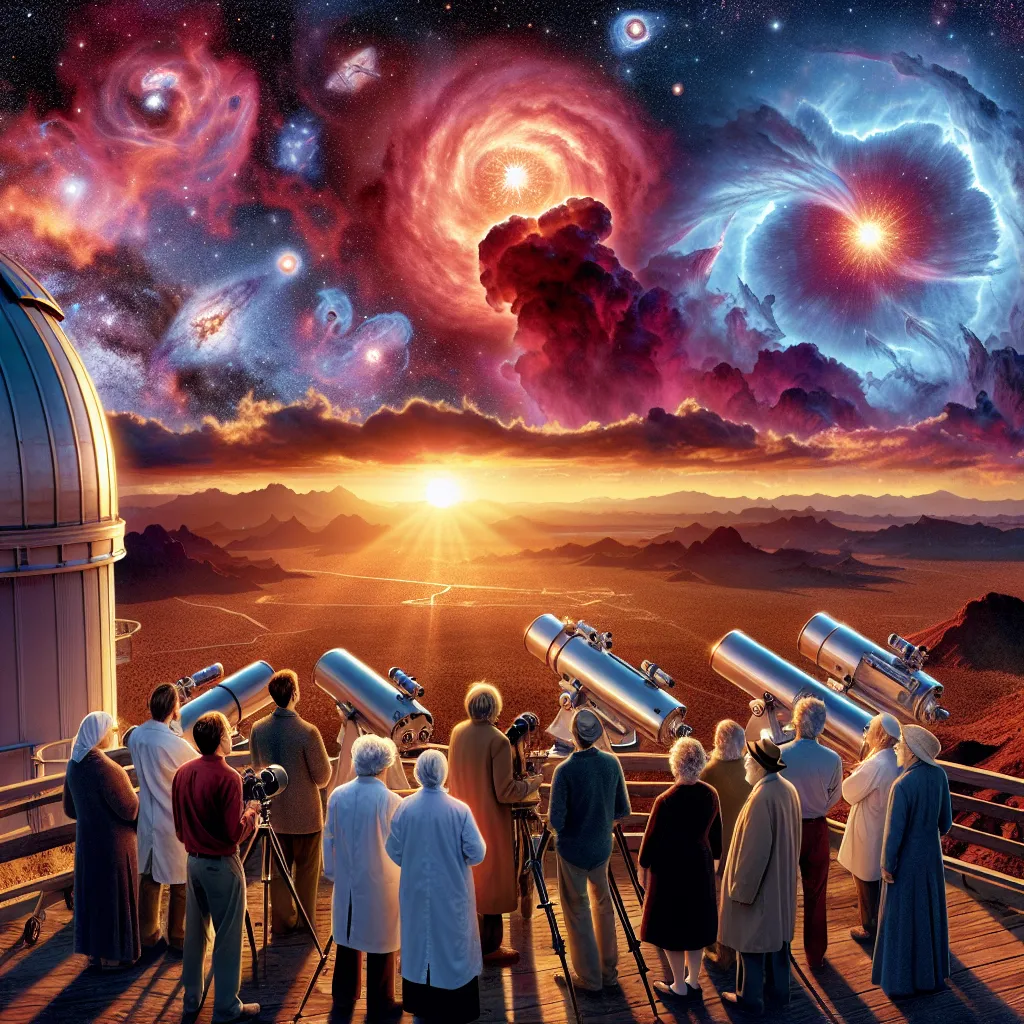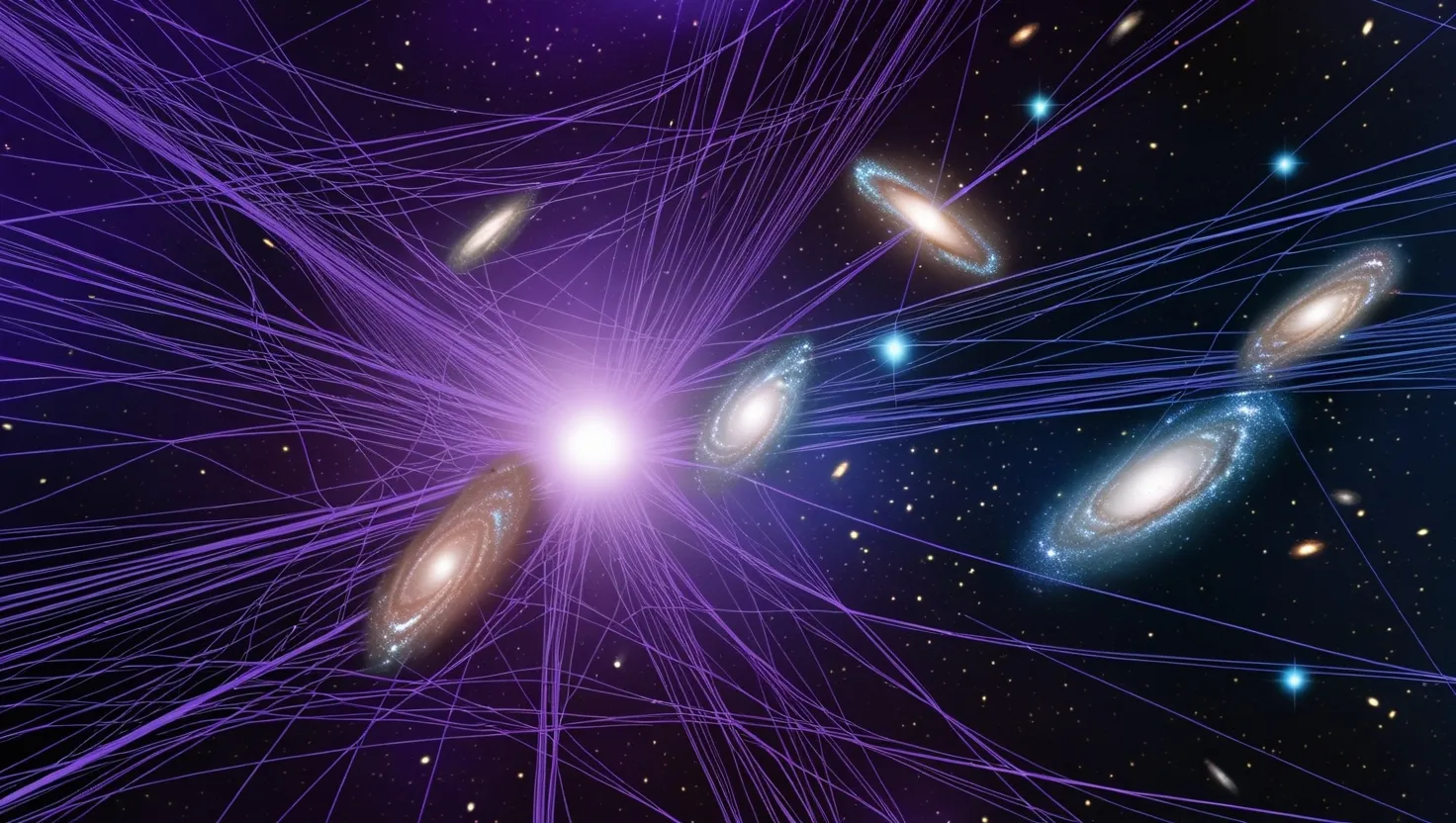Imagine a universe teeming with life where humans aren’t the only intelligent beings. Picture alien races with various forms and modes of communication that leave us pondering: could we even recognize them as intelligent? What would they make of us—a species prone to violence and danger? They might judge us as primitive, like angry toddlers in a cosmic nursery, and steer clear. On the flip side, imagine them sharing scientific knowledge beyond our wildest dreams. But there’s always the risk of a destructive encounter. Relax, though—it’s all just a Sci-Fi dream… or is it?
Welcome to the Milky Way. Our sun is one among hundreds of billions of stars. Feel insignificant yet? Now, imagine countless galaxies. The universe’s size is beyond human comprehension, measured not in miles but light-years—the distance light travels in a year, at a mind-blowing speed of 186,000 miles per second. One light-year is nearly six trillion miles. It takes light 100,000 years just to cross our galaxy. When we gaze at the stars, we’re looking back millions and billions of years, seeing events that occurred long before Earth even existed.
Our universe holds more stars than grains of sand on Earth. What are the chances we’re alone? Once we thought we were unique, but scientists are making incredible discoveries both on Earth and in space. Many now believe we’re on the cusp of first contact with alien life, which could happen between now and 2025. This discovery would be monumental, reshaping human history. But what would these extraterrestrials look like? Might they already have visited us?
Some prominent figures, like the late Stephen Hawking, warned that contact with advanced aliens could spell disaster for humanity. Throughout history, encounters between more advanced and primitive human cultures did not end well. Hawking suggested that such encounters could be catastrophic, yet human curiosity might drive us to pursue contact no matter the risk. Recent astronomical advances support the notion that extraterrestrial life is no longer mere fiction.
In 1995, scientists found the first planet outside our solar system, rocking the scientific world. Since then, we’ve discovered over a hundred exoplanets. Thanks to advanced telescopes and computers, we’ve only begun scratching the surface. Our universe is vast, but with modern technology, we can explore more of it than ever before.
Debra Fischer, a “planet hunter” from San Francisco State University, watches distant stars and their gravitational wobbles to find new planets. So far, her finds have been gas giants like Saturn. For life to exist, a planet needs to meet specific criteria, such as having a rocky surface and being the right size and distance from its star to support liquid water—a necessity for life as we know it.
In 2004, astronomers discovered a smaller, potentially rocky “super-Earth” 50 light-years away. With each discovery, we edge closer to finding life. Future missions, like the Kepler Space Telescope, aim to find Earth-sized planets.
The SETI Institute has been searching for alien signals for decades, listening to radio waves and looking for laser flashes. Radio signals from Earth have been leaking into space for the past century. Aliens trying to communicate may use bright flashes or laser pulses, which can travel vast distances and hold enormous amounts of information.
Back in the 1960s, scientist Antony Hewish stumbled upon what seemed like an alien signal, only to discover it was from a neutron star, not extraterrestrial intelligence. On the other hand, initiatives like NASA’s Voyager missions each carry a message from humanity, hoping to reach distant civilizations someday.
The sheer expanse of space poses challenges to contact. Faster-than-light travel remains a theoretical impossibility, limited by the immense energy required. Even traveling at the speed of light, reaching across galaxies would take millions of years. Environments on other planets and moons, like the icy moon Europa with its potential subsurface ocean or Saturn’s moon Titan with its thick atmosphere, offer tantalizing possibilities for life, albeit microbial.
Life’s resilience on Earth, thriving in extreme conditions—from bacteria that eat rocks in deep caves to microbes in toxic lakes—suggests that life could exist elsewhere under similarly harsh conditions. These extremophiles push the boundaries of what we consider habitable and may hold clues to finding life beyond Earth.
Lastly, imagining what aliens might look like is fun yet difficult. Hollywood’s depictions are often human-like, but real aliens could be unimaginably different due to varying evolutionary paths. Some believe we’ve already been visited, as seen in mysterious crop circles or ancient geoglyphs like Peru’s Nazca Lines. Despite such theories, many sightings and phenomena have rational explanations or are clever hoaxes.
In 1977, a radio signal dubbed the “Wow! Signal” intrigued scientists as a potential alien communication but has never been repeated. The search continues, with new observatories like the Allan Telescope Array aiming to scan millions of stars in the coming decades. SETI scientists predict we may hear from extraterrestrials by 2025, a discovery that would forever change our place in the universe.
While some, including Stephen Hawking, caution against blindly seeking contact, humanity’s inherent curiosity may drive us to keep searching, hoping that if we ever do make contact, it will be with friendly, peace-seeking civilizations. The possibility stirs the imagination and continues to fuel our relentless quest to understand our place in the cosmos.






